When: Wednesday 14th November, 10:20am – 11:20am
Where: Theatrette, Level 2 behind the registration/foyer area
Hashtag: #W6
As most science communicators and scientists know, even the most engaging and carefully-crafted communication will be ineffective if your audience doesn’t trust you. As Victoria’s environmental regulator, the Environment Protection Authority Victoria (EPA) is acutely aware of the importance of trust, particularly when it communicates and engages with communities.
In early 2014, a fire at Hazelwood Mine burnt for 45 days, covering much of the Latrobe Valley region in smoke. As a result, community confidence in EPA and the Victorian government was low both during and immediately after the fire.
Since then, EPA has worked closely with Latrobe Valley communities to strengthen relationships and improve how it communicates its science. This work cumulated in the roll out of a ground-breaking co-design process in 2016, which relied on extensive input from community, scientists, engagement experts and a science communicator. The primary task of a community panel was to design an air monitoring network to complement EPA’s existing air monitors in the Latrobe Valley.
In this session you will hear how a co-design process helped build community trust from the point of view of a science communicator. I will:
• show you how science communication improved the community’s understanding of air pollution and helped build community trust
• share my challenges and triumphs of working side-by-side with scientists and community
• explain how lessons learnt through a co-design process have made me a better science communicator.
Session
Case studies: Environment and community engagement
Presenter
Catherine Healy, Science Communication Advisor, Environment Protection Authority Victoria


















